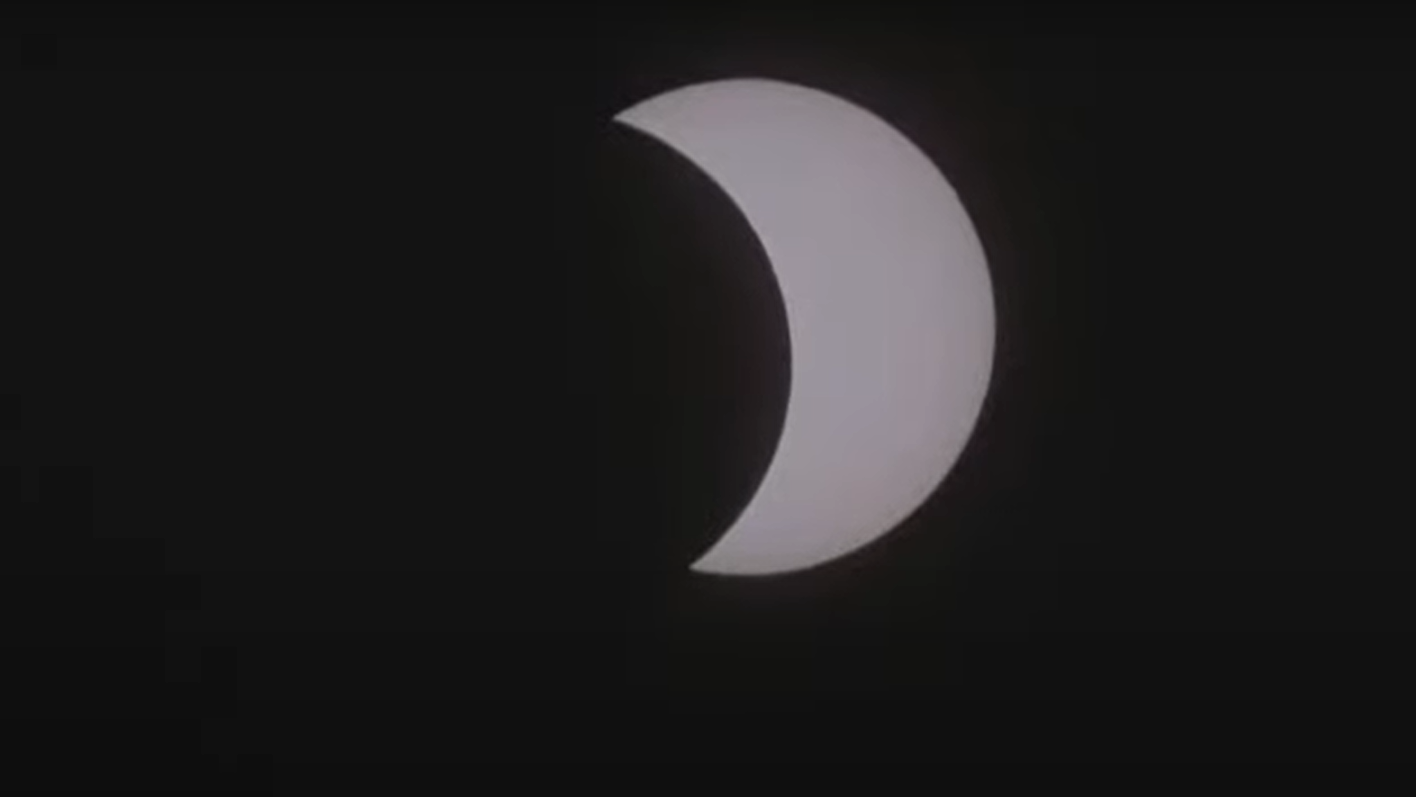Business
NASA filmed a magical total solar eclipse in Antarctica. You can watch it.

One of the most magical, though at times unsettling, experiences on Earth is experiencing a total solar eclipse.
These rare events happen when the moon passes in front of the sun and fully blocks out our star’s light. A shadow is cast on Earth in areas where the eclipse is occurring. For those perfectly situated under the shadow where the moon covers 100 percent of the sun (called the path of totality), it’s a bizarre, relatively sudden transition from light to darkness.
“The sky becomes very dark, as if it were dawn or dusk,” notes NASA. During the 2017 morning eclipse, I witnessed bats flutter out amid the brief dark spell. The sudden darkness can puzzle or trick animals.
On Dec. 4, an eclipse shadow passed over Antarctica, and NASA streamed the early morning event of the moon gradually blotching out the sun. Nearly everyone on Earth couldn’t be in the remote, ice-clad continent, but you can still see what the sky looked like as the eclipse occurred. Researchers in the field (Theo Boris and Christian Lockwood of the JM Pasachoff Antarctic Expedition) provided the space agency, and the world, with the footage NASA streamed.
In a recording of the livestream, the moon starts to pass in front of the sun at around 17:30. By around 1:07:00 (one hour and seven minutes) the total eclipse is in full swing. When the sun is completely covered, ghostly light around the moon appears. That’s the sun’s corona, or outer atmosphere, which we can’t see when the overpowering, radiant sun is shining in the sky.

The moon moving in front of the sun during the total solar eclipse.
Credit: Screenshot: NASA TV
Some of those in the Southern Hemisphere who couldn’t be perfectly aligned under the total solar eclipse (in Antarctica) could still witness something dazzling: a partial solar eclipse, wherein the moon passes in front of a portion of the sun.
The next total solar eclipse on Earth will happen on April 20, 2023. But the following one on April 8, 2024 will pass over a wide swathe of the land from Mexico, into Texas, and across the nation through Maine.
Make your plans.
-

 Entertainment7 days ago
Entertainment7 days agoOpenAI’s plan to make ChatGPT the ‘everything app’ has never been more clear
-

 Entertainment6 days ago
Entertainment6 days ago‘The Last Showgirl’ review: Pamela Anderson leads a shattering ensemble as an aging burlesque entertainer
-

 Entertainment7 days ago
Entertainment7 days agoHow to watch NFL Christmas Gameday and Beyoncé halftime
-

 Entertainment5 days ago
Entertainment5 days agoPolyamorous influencer breakups: What happens when hypervisible relationships end
-

 Entertainment5 days ago
Entertainment5 days ago‘The Room Next Door’ review: Tilda Swinton and Julianne Moore are magnificent
-

 Entertainment4 days ago
Entertainment4 days ago‘The Wild Robot’ and ‘Flow’ are quietly revolutionary climate change films
-

 Entertainment4 days ago
Entertainment4 days agoMars is littered with junk. Historians want to save it.
-

 Entertainment4 days ago
Entertainment4 days agoCES 2025 preview: What to expect

















